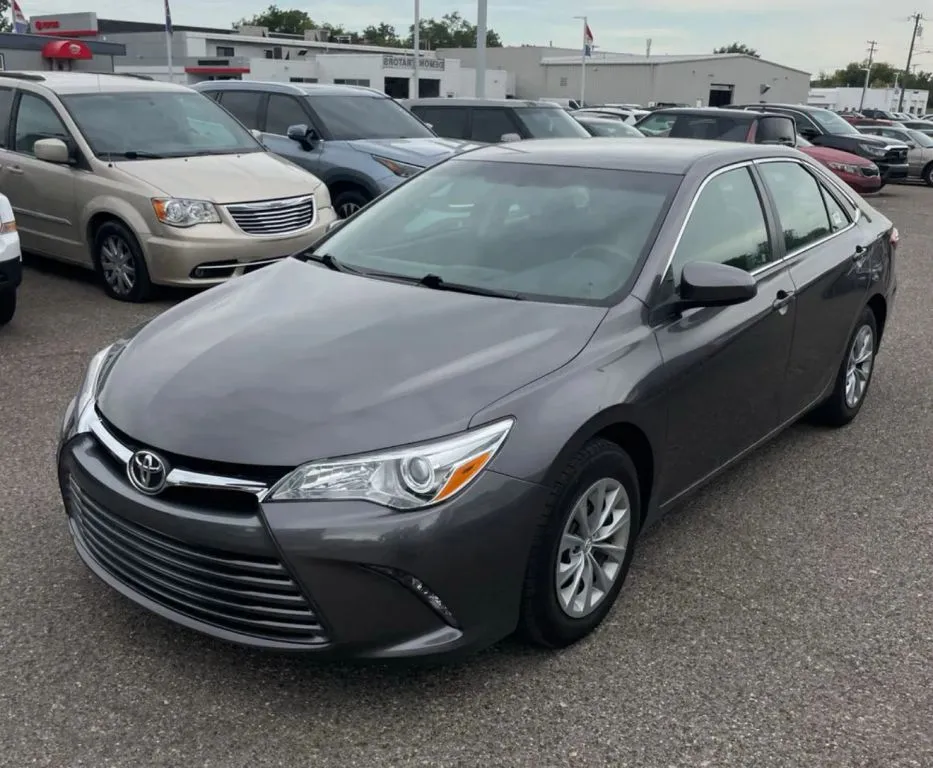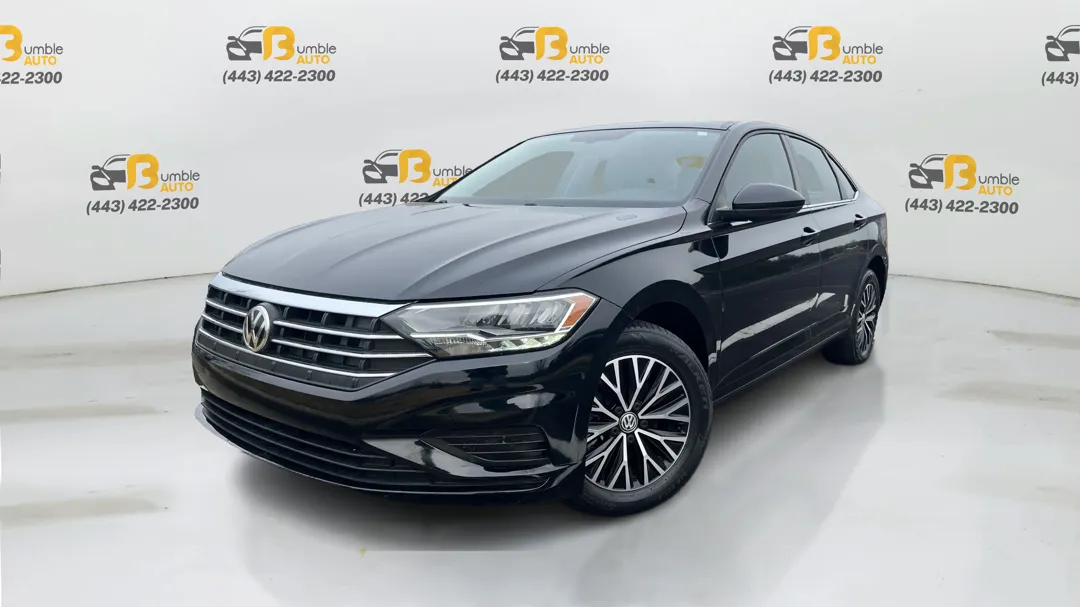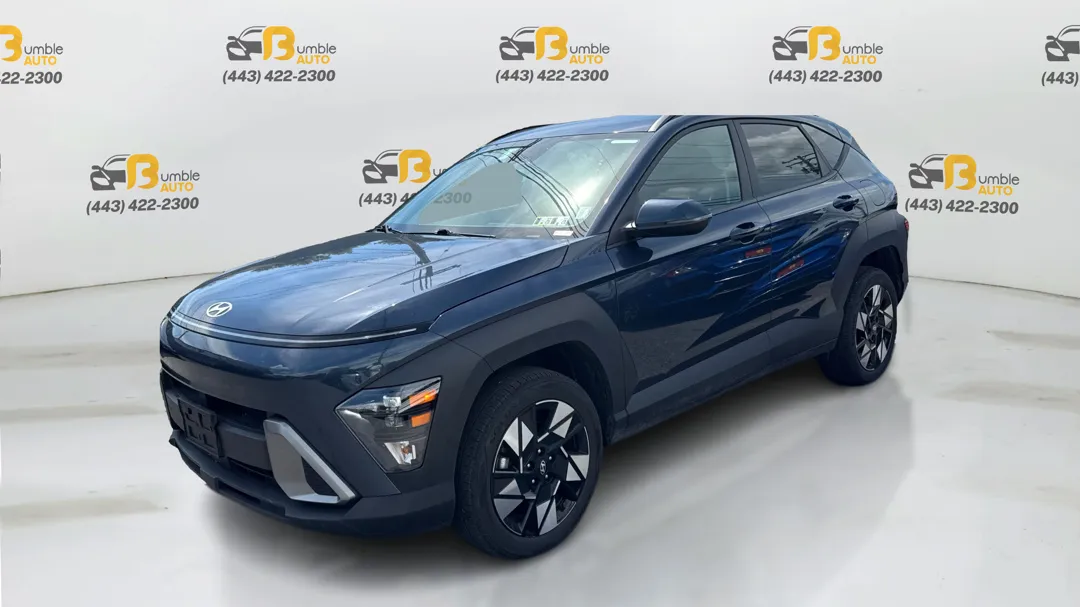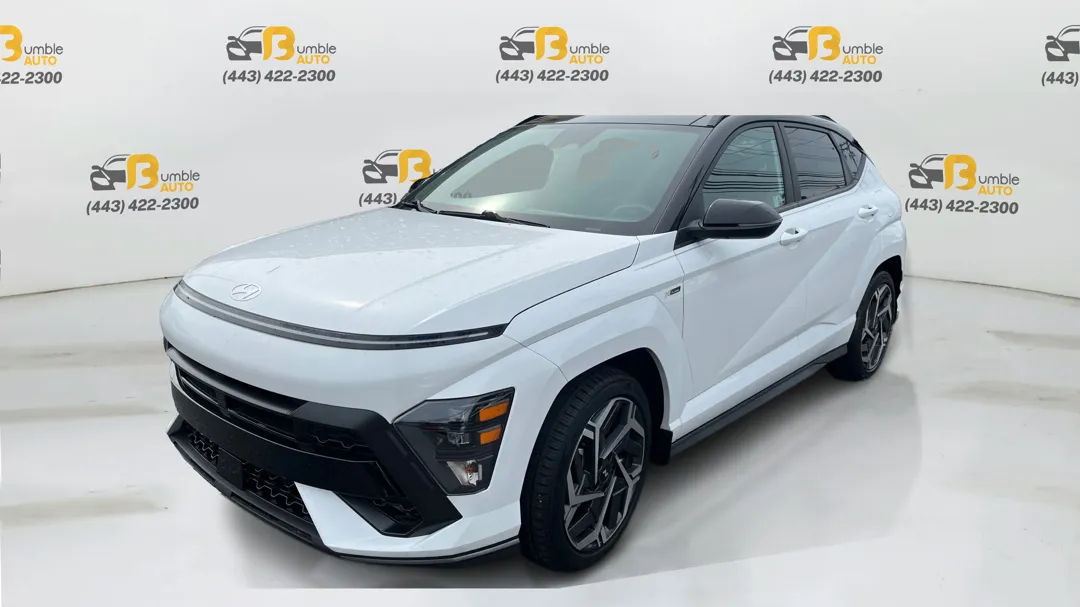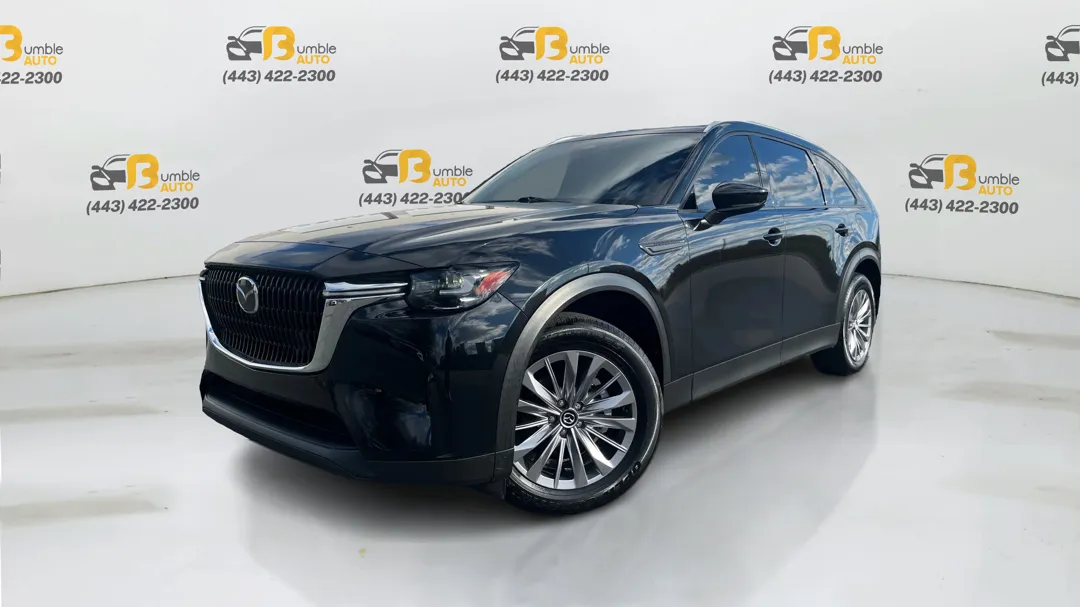10 Tips for Buying a Car from a Local Dealership: A Comprehensive Guide
Table of Contents
- 1. Researching Local Car Dealerships
- 2. Setting a Budget for Your Car Purchase
- 3. Determining Your Needs and Preferences
- 4. Test Driving Potential Cars
- 5. Negotiating the Price with the Dealership
- 6. Understanding Financing Options
- 7. Checking the Vehicle History Report
- 8. Reviewing the Dealership's Reputation and Customer Reviews
- 9. Understanding the Dealership's Warranty and After-Sales Service
- 10. Making the Final Decision and Completing the Purchase
- Conclusion

Buying a car from a local dealership can be a great option, offering convenience and peace of mind. But with so many choices and factors to consider, it's important to be well-prepared before making your purchase. In this comprehensive guide, we'll provide you with 10 essential tips to help you navigate the car-buying process like a pro.
From doing thorough research on the make and model you're interested in, to understanding financing options and negotiating the best price, we'll cover all the bases to ensure you make an informed decision. We'll also share insider tips on test driving, inspecting the vehicle, and checking vehicle history reports.
Buying a car from a local dealership can be a great option, but why choosing a car dealer matters more than you might think.
By following these tips, you'll be able to approach your local dealership with confidence, knowing exactly what to look for and what questions to ask. Whether you're a first-time buyer or have purchased cars in the past, this guide will give you the tools you need to find the perfect vehicle for your needs and budget. Let's get started on your journey to owning a new car!
1. Researching Local Car Dealerships

When beginning your car-buying journey, researching local dealerships is a crucial first step. Start by browsing online reviews and ratings to gauge the reputation of each dealership. Consider factors such as customer service, vehicle selection, and overall buying experience. Additionally, visit the websites of potential dealerships to explore their inventory and special offers. By conducting thorough research, you can narrow down your options and identify reputable dealerships that align with your needs and preferences.
Exploring local dealerships in person is also beneficial as it allows you to assess the dealership's professionalism and cleanliness. Take note of the range of vehicles available, the condition of the showroom, and the friendliness of the staff. Engaging with sales representatives can provide valuable insights into the dealership's customer service approach and willingness to assist you in finding the perfect car. By immersing yourself in the dealership environment, you can gain a better understanding of the overall buying experience you can expect.
Once you've gathered information on a selection of local dealerships, compare and contrast their offerings to determine which aligns best with your preferences. Consider factors such as pricing transparency, available warranties, and post-purchase services. By evaluating these aspects, you can narrow down your options and select a dealership that not only meets your requirements but also provides peace of mind throughout the buying process and beyond.
When beginning your car-buying journey, researching local dealerships is a crucial first step, but it's also vital to know how to evaluate an auto dealership effectively.
2. Setting a Budget for Your Car Purchase

Before setting foot in a local dealership, it's essential to establish a clear budget for your car purchase. Consider your financial situation, including your income, expenses, and existing debts, to determine a realistic budget for buying a vehicle. Factor in additional costs such as insurance, registration fees, and maintenance expenses to ensure your budget covers all aspects of car ownership. By setting a firm budget, you can narrow down your options and focus on vehicles that are within your financial means.
When setting a budget, it's important to differentiate between the total purchase price of the vehicle and the monthly payments if you choose to finance the car. Calculate potential loan payments based on different interest rates and loan terms to understand the impact on your monthly budget. Additionally, consider trade-in options if you plan to sell or trade in your current vehicle. By factoring in all financial aspects of the car-buying process, you can make an informed decision that aligns with your budgetary constraints.
To ensure you stay within your budget when visiting a local dealership, resist the temptation to overspend or be swayed by upselling tactics. Communicate your budget clearly to the sales representative and prioritize vehicles that fall within your financial parameters. Remember that staying within your budget not only ensures a stress-free buying experience but also sets you up for long-term financial stability and peace of mind as a car owner.
3. Determining Your Needs and Preferences

As you prepare to visit a local dealership, take the time to identify your specific needs and preferences in a vehicle. Consider factors such as seating capacity, fuel efficiency, cargo space, and desired features such as safety technology and entertainment systems. Create a list of must-have and nice-to-have features to guide your search and ensure you find a vehicle that meets your lifestyle and driving requirements.
When determining your needs, consider your daily commute, family size, and any recreational activities that may influence your vehicle choice. If you have specific preferences regarding vehicle make, model, or color, communicate these to the sales representative to streamline the search process. Additionally, consider factors such as resale value and long-term reliability to make an informed decision that aligns with your future needs.
During your visit to the dealership, test drive vehicles that meet your needs and preferences to assess their performance and comfort firsthand. Pay attention to aspects such as handling, visibility, and cabin noise to ensure the vehicle aligns with your driving expectations. By focusing on your specific needs and preferences, you can narrow down your options and select a vehicle that not only meets your practical requirements but also aligns with your personal tastes and preferences.
4. Test Driving Potential Cars

One of the most exciting parts of the car-buying process is test driving potential vehicles to determine which best suits your needs and preferences. When scheduling test drives at a local dealership, ensure you allocate enough time to thoroughly evaluate each vehicle. Familiarize yourself with the vehicle's features and controls before hitting the road to maximize your test drive experience.
During the test drive, pay attention to the vehicle's acceleration, braking, and handling to assess its performance capabilities. Test the vehicle on a variety of road types, including highways, city streets, and rough terrain, to gauge its versatility and comfort levels. Additionally, assess the visibility from the driver's seat, ease of parking, and overall driving experience to ensure the vehicle meets your expectations.
Engage with the sales representative during the test drive to ask questions about the vehicle's features, maintenance history, and available warranties. Take note of any concerns or issues that arise during the test drive and address them with the sales representative to gain a clear understanding of the vehicle's condition. By conducting thorough test drives and gathering relevant information, you can make an informed decision on which vehicle best meets your needs and preferences.
5. Negotiating the Price with the Dealership

As you progress through the car-buying process, negotiating the price with the dealership is a crucial step to ensure you receive a fair deal on your vehicle. Before entering into negotiations, research the market value of the vehicle you're interested in to understand its worth and potential price range. Use online resources and pricing guides to gather information on comparable vehicles and recent sales data to support your negotiation efforts.
When negotiating the price, be prepared to walk away if the dealership is unwilling to meet your desired price point. Establish a clear maximum price that you're willing to pay for the vehicle and communicate this to the sales representative. Be firm but respectful in your negotiations, emphasizing the value you bring as a serious buyer. Consider additional negotiation factors such as trade-in value, financing terms, and available incentives to secure the best possible deal.
Engage in open communication with the sales representative to express your expectations and negotiate a mutually beneficial price for both parties. Be willing to compromise on certain features or add-ons if it helps lower the overall price of the vehicle. Remember that negotiation is a standard part of the car-buying process, and being prepared and confident in your approach can lead to a successful outcome that satisfies both you and the dealership.
One of the most critical skills you need is understanding a guide on how to negotiate with an auto dealer to ensure you get the best deal possible.
6. Understanding Financing Options

Once you've negotiated the price of the vehicle, understanding your financing options is essential to complete the purchase process seamlessly. Evaluate different financing sources such as banks, credit unions, and dealership financing to determine the most competitive rates and terms available. Compare interest rates, loan terms, and down payment requirements to select a financing option that aligns with your budget and financial goals.
When exploring financing options, consider factors such as pre-approval processes, loan application fees, and potential incentives for financing through the dealership. Calculate the total cost of financing, including interest charges and fees, to understand the long-term financial impact of each option. Additionally, review the terms and conditions of the loan agreement carefully to ensure you're comfortable with the repayment schedule and any additional requirements.
Engage with the dealership's finance department to discuss available financing options and ask questions about the loan agreement. Seek clarification on any terms or fees that you find confusing and ensure you fully understand the implications of the financing arrangement. By being proactive and informed about your financing options, you can secure a competitive loan that supports your car-buying decision and aligns with your financial objectives.
7. Checking the Vehicle History Report

Before finalizing your purchase at the local dealership, reviewing the vehicle history report is a critical step to ensure you're investing in a reliable and well-maintained vehicle. Request a copy of the vehicle's history report from the dealership or use online services to access this information. The history report provides valuable insights into the vehicle's past ownership, maintenance records, accident history, and any potential red flags that may impact its value and reliability.
Review the vehicle history report carefully to identify any discrepancies or issues that warrant further investigation. Pay attention to details such as the number of previous owners, reported accidents, and service records to assess the overall condition of the vehicle. If the history report reveals concerning information, address these issues with the dealership to gain clarity and potentially negotiate a resolution that aligns with your expectations.
Engage with the dealership's sales and service teams to discuss the vehicle history report and seek additional information about the vehicle's maintenance and repair history. Ask about any outstanding recalls or warranty coverage to ensure you're fully informed about the vehicle's condition and any potential risks. By conducting a thorough review of the vehicle history report, you can make an informed decision that safeguards your investment and provides peace of mind as a car owner.
8. Reviewing the Dealership's Reputation and Customer Reviews

As you approach the final stages of your car-buying journey, reviewing the dealership's reputation and customer reviews can provide valuable insights into the buying experience you can expect. Utilize online review platforms and social media channels to read feedback from previous customers regarding their interactions with the dealership. Pay attention to comments on customer service, pricing transparency, and overall satisfaction levels to gauge the dealership's credibility.
In addition to online reviews, consider seeking recommendations from friends, family members, or colleagues who have purchased vehicles from the dealership. Personal referrals can offer firsthand insights into the dealership's professionalism, integrity, and after-sales service. Engage with individuals who have had direct experience with the dealership to gather authentic feedback that can inform your decision-making process.
With so many options available, it's essential to know how to find trustworthy online dealers that align with your needs and preferences.
During your visit to the dealership, observe the staff's interactions with customers, the cleanliness of the showroom, and the overall ambiance of the dealership. Assess whether the dealership's operations align with the positive reviews and recommendations you've encountered. Engage with sales representatives and service staff to gauge their responsiveness, knowledge, and willingness to address your concerns. By reviewing the dealership's reputation and customer reviews, you can approach the buying process with confidence and trust in your chosen dealership.
9. Understanding the Dealership's Warranty and After-Sales Service

As you near the final stages of completing your purchase at the local dealership, understanding the dealership's warranty and after-sales service offerings is essential to protect your investment and ensure a positive ownership experience. Inquire about the available warranty options for the vehicle, including manufacturer warranties and extended coverage plans. Understand the coverage terms, exclusions, and claim procedures to make an informed decision on warranty protection.
Review the dealership's after-sales service policies, including maintenance programs, service appointments, and repair facilities. Inquire about the dealership's customer support channels, including phone, email, and in-person assistance, to address any post-purchase concerns or issues. Understand the dealership's commitment to customer satisfaction and willingness to assist you throughout your ownership journey.
Engage with the dealership's service department to discuss maintenance schedules, service requirements, and warranty claim procedures. Familiarize yourself with the dealership's service facilities and amenities to ensure a convenient and efficient service experience. By understanding the dealership's warranty and after-sales service offerings, you can feel confident that your investment is protected and that you have reliable support in maintaining your vehicle's performance and condition.
10. Making the Final Decision and Completing the Purchase

After carefully considering all the factors involved in buying a car from a local dealership, it's time to make the final decision and complete the purchase process. Review all the information you've gathered, including research findings, test drive experiences, negotiation outcomes, and warranty details, to ensure you're fully informed and confident in your decision. Consult with trusted advisors or family members to gain additional perspectives on your choice.
Once you've made your decision, finalize the purchase details with the dealership, including signing the sales contract, arranging financing, and completing any required paperwork. Ensure you understand all terms and conditions of the purchase agreement, including pricing, warranty coverage, and after-sales service commitments. Address any final questions or concerns with the dealership before signing the contract to avoid misunderstandings.
Celebrate your new car purchase by taking delivery of the vehicle and familiarizing yourself with its features and controls. Schedule a follow-up appointment with the dealership's service department to discuss maintenance schedules, service intervals, and warranty coverage. Establish a positive relationship with the dealership to ensure ongoing support and assistance throughout your ownership experience. By completing the purchase process with confidence and clarity, you can enjoy your new vehicle knowing you've made a well-informed decision.
Conclusion
Congratulations on successfully navigating the car-buying process and purchasing a vehicle from a local dealership! By following the 10 essential tips outlined in this comprehensive guide, you've equipped yourself with the knowledge and strategies needed to make an informed decision and secure a great deal on your new car. From researching local dealerships to negotiating the price, understanding financing options, and reviewing the dealership's reputation, you've taken all the necessary steps to ensure a smooth and rewarding car-buying experience.
As you enjoy your new car and embark on new adventures, remember to prioritize regular maintenance, service appointments, and warranty coverage to protect your investment and maintain your vehicle's performance and reliability. Stay engaged with the dealership's after-sales service team to address any concerns or issues promptly and ensure a positive ownership experience. By fostering a positive relationship with the dealership, you can enjoy peace of mind knowing you have reliable support and assistance whenever you need it. If you're looking for reliable options, consider the top local used car dealer in Elkridge, MD for a trustworthy buying experience.
Thank you for entrusting us to guide you through the car-buying process. We wish you many happy miles ahead in your new vehicle and hope that the tips and insights shared in this guide serve you well in your car ownership journey. Happy driving!



